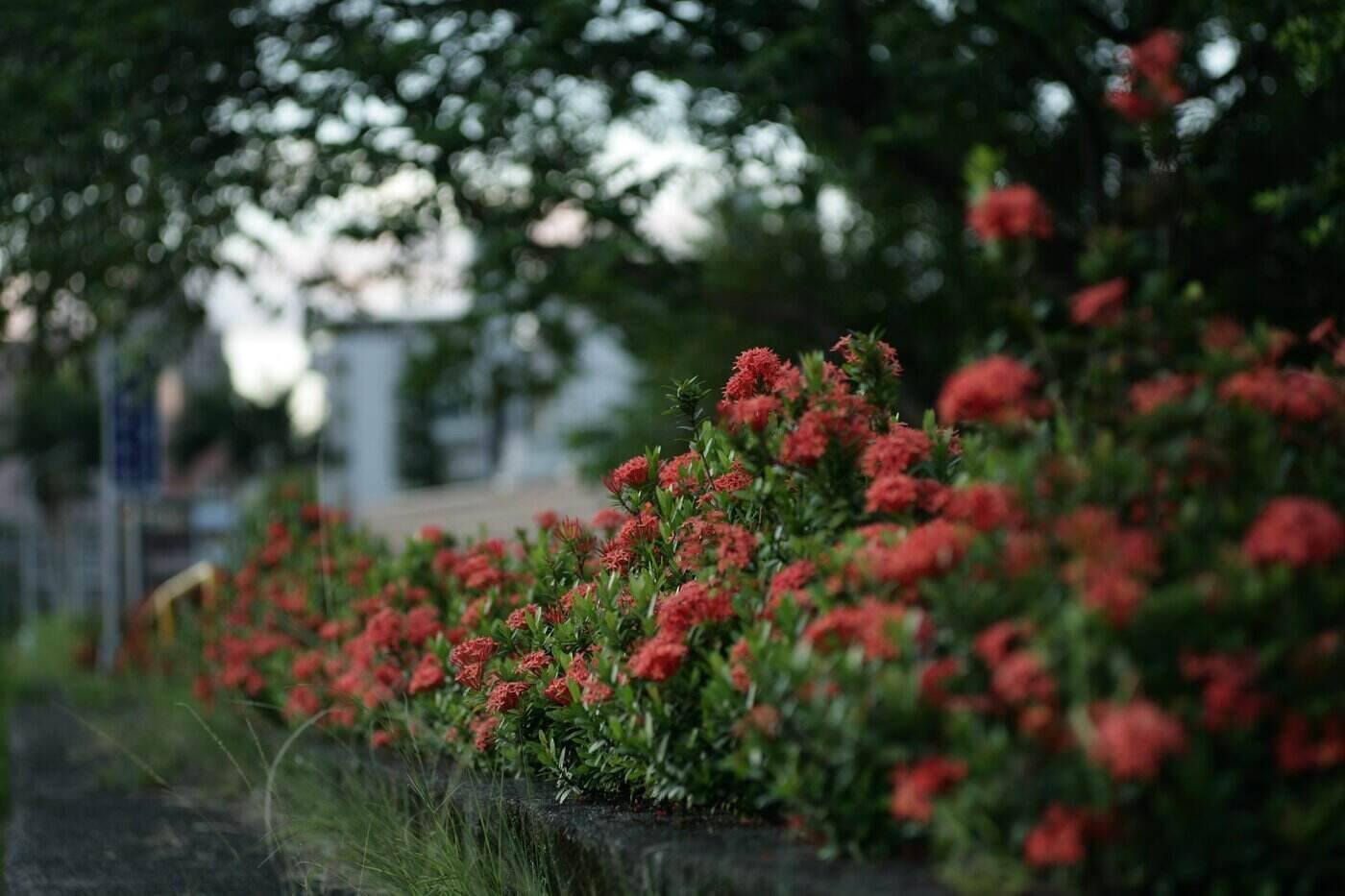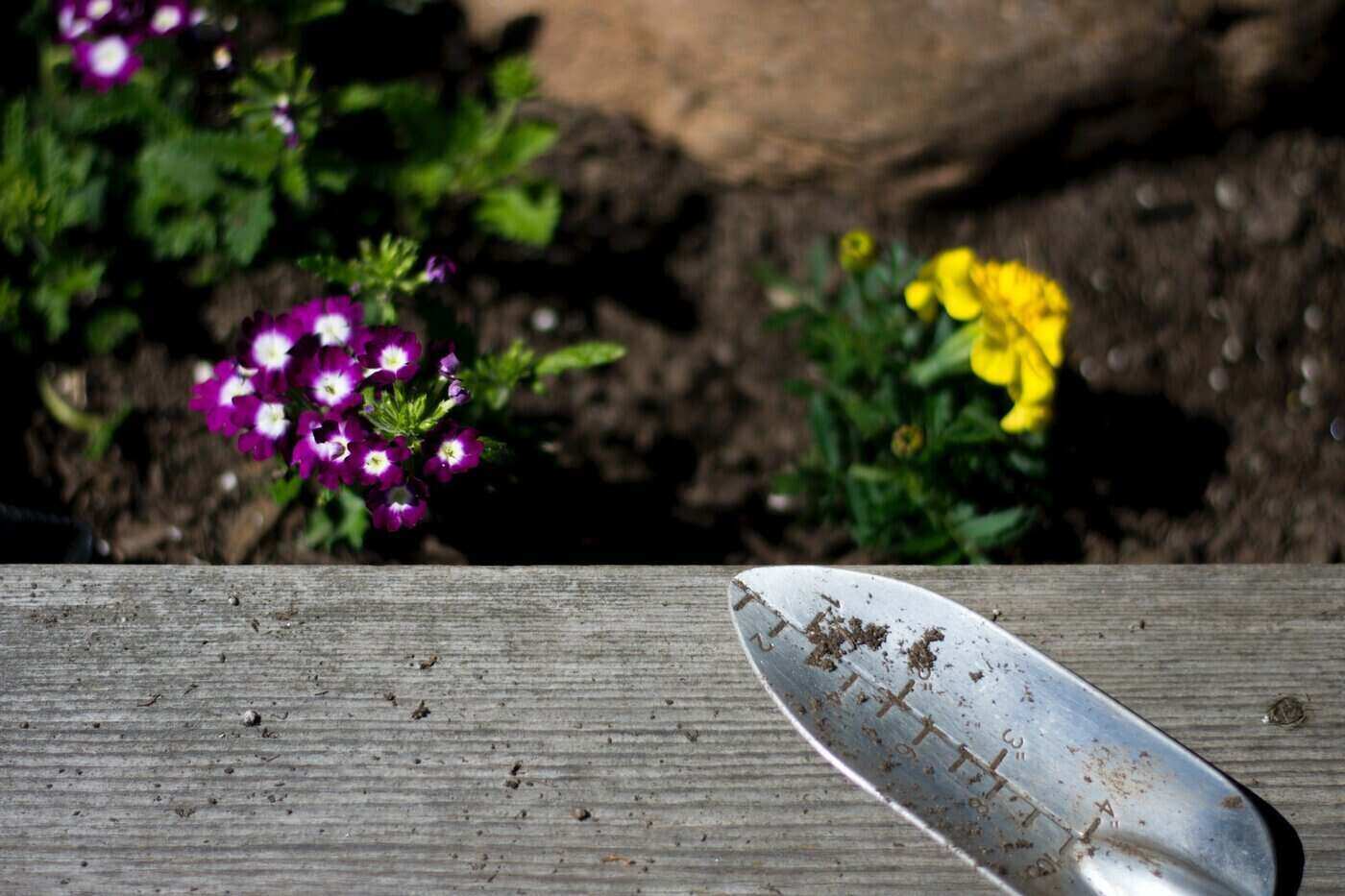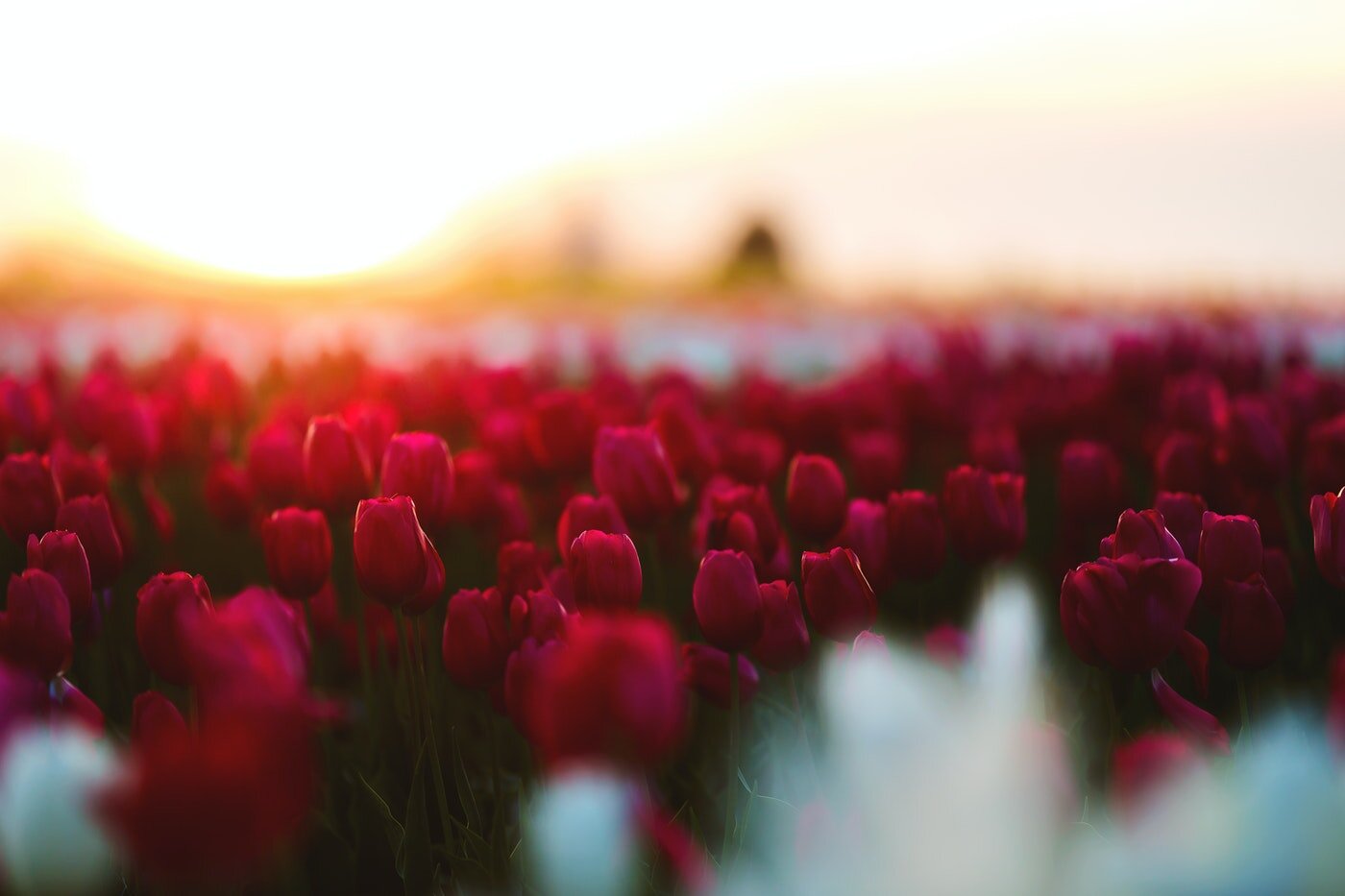Now that spring has arrived, it’s finally time to get our garden beds ready for growing. Taking the time and preparing a garden bed properly will yield results not just this growing season, but for many growing seasons to come. It’s also a really satisfying way to get some exercise and connect with your plants by making them a cozy home to thrive in.
A note before we get started, though. Environmentalists stress that important pollinators like bees and butterflies frequently nest in the dead plant material we often ruthlessly get rid of in our excitement over springtime temperatures.
The University of Minnesota reminds us that bees nest in stems over the winter, and both butterflies and bees overwinter in leaf litter. They recommend leaving dead material as long as possible, and, when you just can’t stand it anymore, moving material gently and leaving it in a corner somewhere so these important insects can still find a way out.
Ok, let’s dive into this. We’ll tackle new garden beds first and then get into how to prepare existing beds.
New Beds
The first step in preparing a garden bed where there wasn’t a garden before is figuring out what you want to grow and what their light requirements are. Flowers that need full sun need 6-8 hours of daylight. Part-sun plants need 4-6 hours of light.
Part-shade plants need the same 4-6 hours of light, but prefer gentler morning light to intense afternoon sun. Full shade plants still need about 4 hours of sunlight, but that sunlight should be gentle.
Knowing the light requirements of the flowers you want to grow will help you determine where the new bed should go. Simple observation will tell you how much sunlight different areas of your yard get. There are gadgets to measure this, too, but why, even.
When you’re selecting a site, try to avoid spots that have a steep slope to them, which will make even watering a challenge. Also avoid very exposed and windy spots, as well as low spots, which are more prone to frost.
Define the Edges
Once you have the perfect site selected, define the edges of your new garden. You can lay out the general area with string or a garden hose, which is especially useful for contoured gardens. For straight-edge gardens, stake the corners and run string between them, adjusting until the corners are square and the lines are straight. Cut the edges out with a spade or an electric edger.
Clear Out the Space
Once the edges are defined, you can clear the space. If it’s spring and you’re ready to get gardening, you can cut through the sod with a utility knife to divide it into pieces and dig the pieces out with a spade. Use those pieces to replace bare spots in your yard (or in someone else’s yard) or just compost them.
If it’s autumn when you’re reading this, one effective way to get rid of the grass and weeds currently occupying your future garden space is to cover your space with a layer of cardboard or newspaper (at least 5 sheets). Then cover it with a few inches of compost. Over the winter, the cardboard/newspaper/compost combination will kill the vegetation underneath, as well as biodegrade, leaving you with enriched soil for the spring.
Prepare the Soil
To get a leg up on creating fertile soil for your plants to thrive in, consider doing a soil test. Ask your local or regional government’s agriculture departments about labs you can send a soil sample to, or try a basic DIY soil test kit.
A good test will tell you the pH level of your soil, as well as highlight any nutrients your soil might be lacking. This knowledge can save you a ton of time and money by showing you what fertilizers are (or aren’t) necessary.
It will also give you a better idea of what plants grow best in your soil. Then you can make adjustments for the flowers you want and/or avoid investing in plants that will never thrive in the conditions you can offer them, no matter how much you love them.
There’s debate among gardeners on whether soil should be turned over (whether by tilling or digging by hand) or not. Advocates of no-till/no-dig gardening argue that soil is naturally covered and hosts a living ecosystem of microbes, fungi and beneficial insects that should be disturbed as little as possible.
In a no-till or no-dig garden, the soil is thickly covered with mulch, or with a cover crop like clover. To plant your flowers, you would create holes in this top layer, leaving as much of the surrounding area untouched. Northern Homestead offers advice on no-till methods here.
Others prefer the more conventional route of turning over the soil, which they argue loosens it, allows for more effective weeding and gives new plants a better chance to root.
To go this route, put a 2-3 inch layer of compost on top of your new bed space. Turn the soil over with a spade or tiller to a depth of about 12 inches, working the compost in. Cover the space with an additional layer of compost to improve the soil, keep the weeds away and help the soil retain moisture.
Existing Beds
Preparing a garden bed that’s already a garden is a much simpler task. You might need to redefine the edges of your garden space, however, since grass has a way of creeping into places you don’t want it. You might also wish to do a soil test to check on any amendments you made the year before.
Weed
Weeds hit the ground running, so regrettably, you can expect this to be one of your first gardening tasks of the year. Getting on top of weeds like dandelions early will pay huge dividends later in the year, so pull away. If your garden is a no-till garden, chop them down instead and let their roots decompose in the soil.
Mulch
The secret to preparing a garden bed that yields rich, beautiful soil is in the mulching. There are lots of options when it comes to mulch. Here’s a quick breakdown of what kinds to use for what:
- Compost. Leaves, grass trimmings, food waste, manure and other yard waste makes excellent mulch once it’s all been composted. Since its structure is fine, it’s ideal to use in beds with annuals and plants growing from seed. It breaks down very quickly, efficiently adding nutrients to the soil.
- Straw. Straw is slower to break down, which makes it longer lasting, but should be avoided on slopes because it’s light enough to blow away. It can also be tough to really work in and around tender plant stems.
- Shredded Bark. Shredded bark takes longer to break down, releasing its nutrients over a longer period of time. It’s ideal for slopes and because of its fine texture, is an especially good choice for annuals and smaller plants.
- Bark Chips. These take the longest to break down. Because of their larger structure, they’re best in gardens with established perennials or trees because they can make it difficult for smaller plants to sprout. They shift quite a bit, so avoid using them on slopes.
Add a 2-3 inch layer of mulch in and around existing plants. Cover the entire surface of the garden, turning the compost in if digging is a part of your gardening practice and leaving it be if you have a no-dig garden. If you turn your soil over, top dress the soil with another layer of mulch.
Note that deeper is not necessarily better—a layer of more than 4 inches can prevent oxygen from reaching the soil. Avoid piling the mulch up against stems or trunks, where it can cause rot.
Living Mulch
Consider growing a cover crop like clover or buckwheat as a living mulch. You can plant your crop in the early spring and then turn it under as you add your bedding plants. Cover crops will smother weeds and add nutrients to the soil as they break down. Legume cover crops have the added advantage of fixing nitrogen in the soil.
Add Minerals
If your soil test suggests that your garden is lacking nutrients, this is the ideal time to add them. There are many different mineral products like lime and gypsum that can give your garden a boost if it needs it. Ask an expert at your local nursery or garden centre about the mineral product that’s best for your particular soil and then apply it as per the directions on the package.
Your garden bed will now be ready to plant and primed to make the most of this growing season. Happy gardening!
Feature image: MChe Lee; Image 1: Donna G; Image 2: Tabitha Mort


